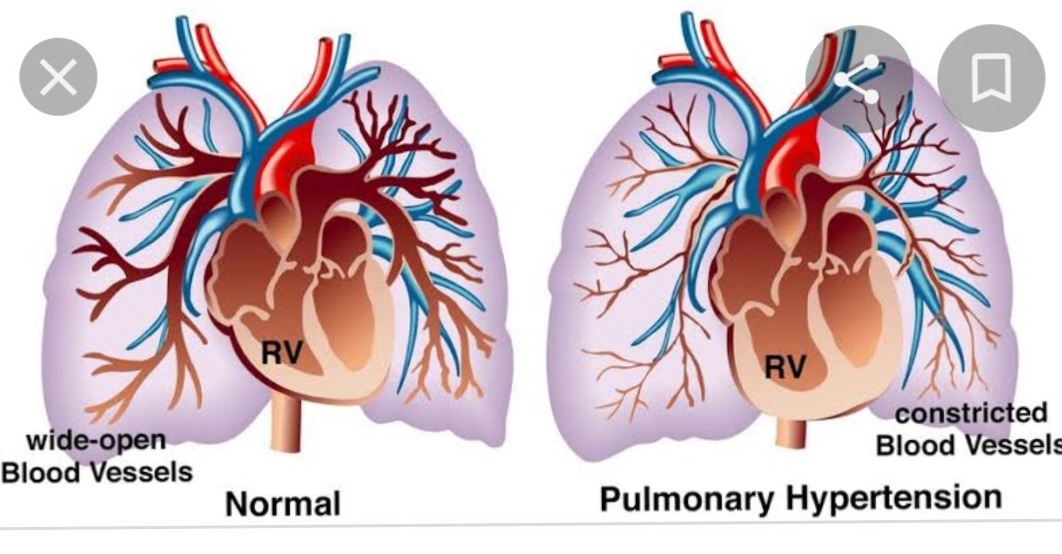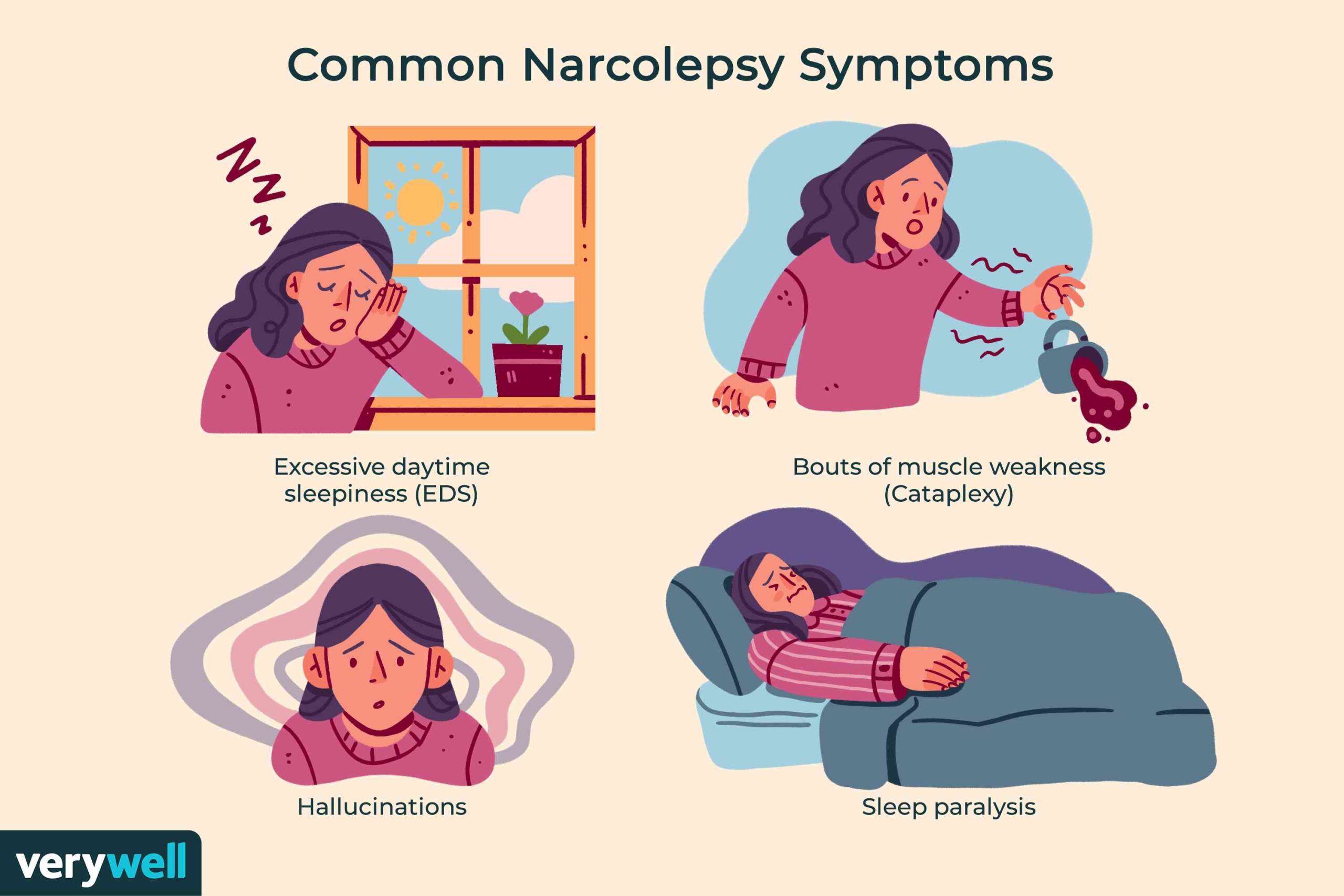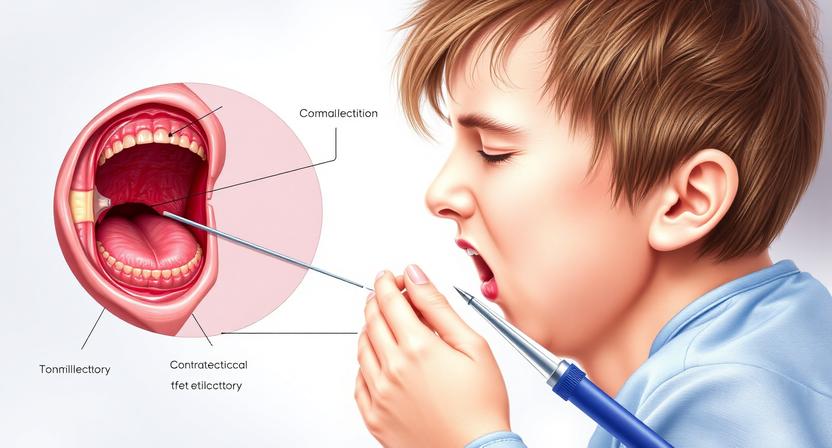How to Open a Blocked Ear Instantly: Safe & Easy Methods
-by ENT specialist doctor-Dr Sagar Rajkuwar, Nashik ,Maharashtra ,India -clinic website-
Table of contents-
- Introduction
- To relieve a blocked ear, you can attempt these techniques:
- Causes of Blocked Ears
- 8 Ways to do it-in relation to-How Do I Open My Blocked Ear?
- Diagnosis
- Treatment
- Additional Management Strategies for Clogged Ears
- What not to do?
- When to consult a doctor?
- Conclusion
1)Introduction
If a plugged ear impacts your hearing, it may be painful, annoying, and even frightening. This feeling is frequently brought on by everyday factors such as earwax accumulation, sinus infections, allergies, colds, or even variations in air pressure during flights.
Knowing how to safely treat a clogged ear might make a big difference in your comfort and ear health, even if most cases are transient and benign. We will discuss the potential causes of ear obstruction, safe home treatments, and when it is necessary to get medical care in this piece.
2)To relieve a blocked ear, you can attempt these techniques:
- Swallow, yawn, or chew sugar-free gum: These activities may help open your eustachian tubes.
- Valsalva maneuver: Seal your mouth, pinch your nose, and softly exhale as if you are inflating a balloon.
- Inhale and gently exhale: With your mouth closed and nostrils pinched, take a breath in and then slowly breathe out.
- Utilize a warm compress: Pour hot water onto a clean washcloth, wring it out, and place it under your ear for 5–10 minutes.
- Gargle salt water: Dissolve a small amount of salt in water, gargle for a few seconds, and then spit it out.
- Employ essential oils: Breathe in steam from tea tree oil, eucalyptus oil, or peppermint oil.
- Utilize over-the-counter medication: Consider nasal sprays, decongestants, or medication for colds or sinuses.


If these techniques do not yield results, you may consider ear drops or ear irrigation. You should seek medical assistance from an ENT if:
Home remedies are ineffective
You think you may have an ear infection or sinusitis
A blocked ear can occasionally clear up on its own within a few hours.
Dealing with blocked ears can be annoying and uncomfortable, impacting your ability to hear and causing discomfort. The positive aspect is that there are several effective methods to clear your ears and restore your hearing. In this article, let’s explore the reasons for blocked ears and present 12 effective techniques to unblock them. Whether it is a buildup of earwax, sinus congestion, or a common cold, these strategies can alleviate symptoms and assist you in regaining your hearing.
3)Causes of Blocked Ears
Potential causes of a blocked ear can include Eustachian tube dysfunction, where the tube connecting the middle ear to the throat becomes obstructed, resulting in improper flow of fluid and mucus. Infections like the common cold, influenza, sinusitis, or allergies such as allergic rhinitis frequently lead to this blockage. Signs of a blocked Eustachian tube may consist of a runny nose, coughing, sneezing, and a sore throat. It is crucial to resolve this blockage as it could result in an ear infection, wherein bacteria or viruses can infiltrate the middle ear.
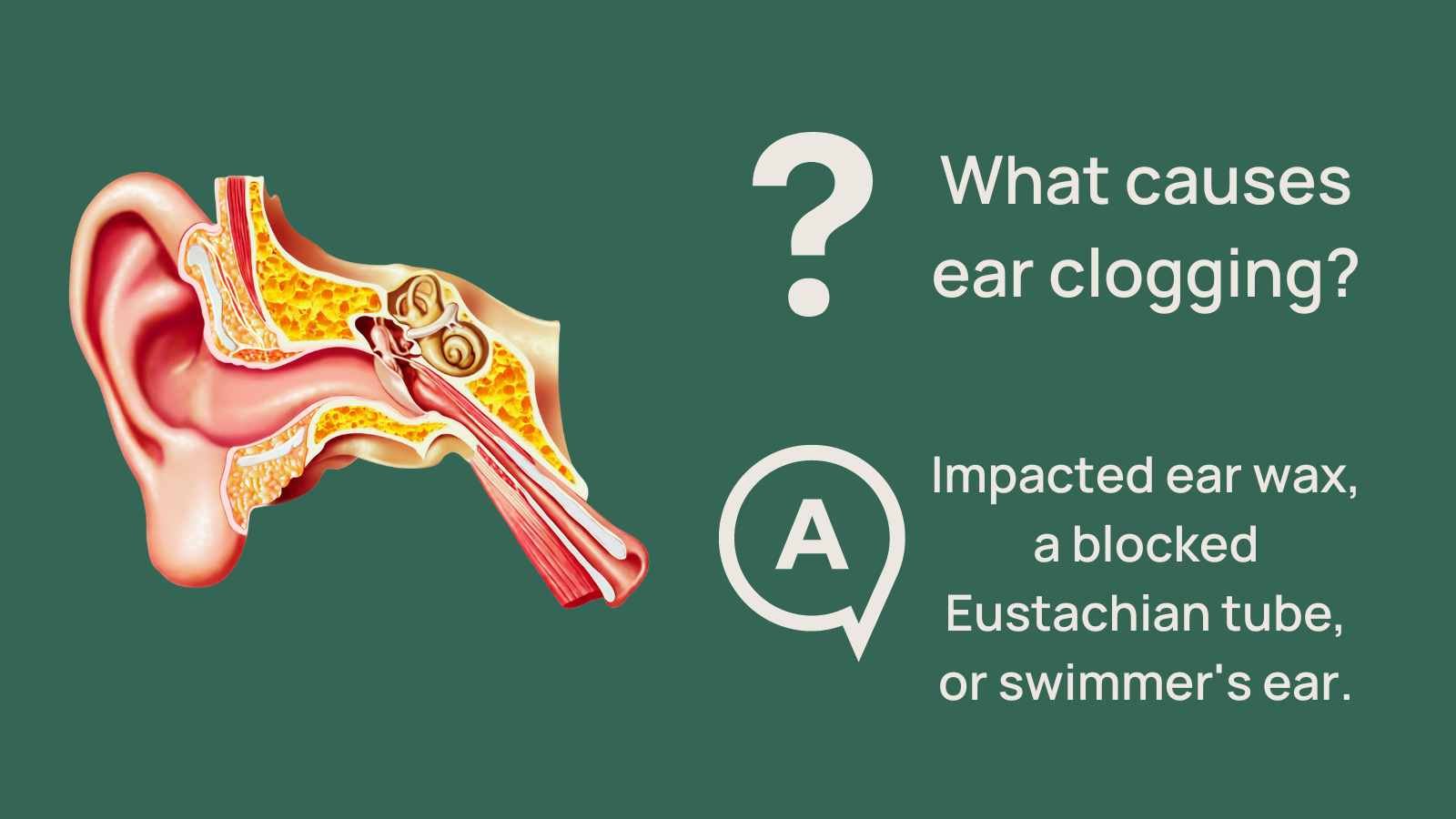

Shifts in altitude can also lead to a blocked ear, as the Eustachian tube works to equalize pressure in the middle ear. This is why many individuals experience clogged ears during flights or while driving through high altitudes. In some instances, a blocked ear may be the sole indication of an altitude change, though pain, hearing loss, or dizziness might indicate a more serious issue, such as barotrauma or altitude sickness.
Another factor that can lead to a blocked ear is an ear infection, which may occur in the outer ear (otitis externa) or the middle ear (otitis media). External ear infections often arise from water remaining in the ear after swimming, while middle ear infections typically stem from complications of respiratory infections. Both types of infections can induce pain, fever, and additional symptoms such as balance and hearing difficulties.
Earwax can additionally lead to a blocked ear, as it cleans the ear canal and prevents foreign objects from entering. When earwax accumulates excessively, it can harden and obstruct the ear. Other signs of an earwax blockage may consist of ear pain, tinnitus, and dizziness. Utilizing cotton swabs to clean the interior of the ear can inadvertently push earwax deeper, leading to a blockage.
A cholesteatoma, a non-cancerous growth of skin located behind the eardrum, can also result in pressure and blockage within the ear, along with discharge that has a strong odor and progressive hearing loss. Ear infections might lead to this condition or it could be present from birth.
4)8 Ways to do it-in relation to-How Do I Open My Blocked Ear?
- Nasal Decongestants: If sinus congestion is resulting in your clogged ears, nasal decongestants can be extremely effective in lowering inflammation and facilitating the opening of the Eustachian tubes. These can be obtained over the counter, and it is advisable to use them as instructed by the doctor.
- Warm Water Rinse: A straightforward yet effective way to unblock ears is through a warm water rinse. This method aids in removing mucus and relieving sinus congestion, reducing pressure in the ears. To carry out a warm water rinse, begin by filling a bowl with water that is comfortably warm. Tilt your head to the side and gently pour the water into one nostril while keeping the opposite nostril closed with your finger. Allow the water to flow through your nasal passage and exit through the other nostril. Repeat this on the opposite side. It is crucial to use distilled or previously boiled water to prevent contamination.
- Avoid Earplugs or Headphones: When facing ear congestion due to sinuses, it is important to steer clear of earplugs or headphones. These items can obstruct your ears further and intensify congestion by trapping moisture and fostering bacterial growth.
- Jaw Exercises: Engaging in jaw exercises can aid in alleviating sinus-related ear congestion by facilitating proper drainage. These exercises function by activating the muscles surrounding the sinuses and promoting mucus movement. One simple exercise entails opening and closing your mouth while applying gentle pressure to your jaw joints using your fingertips. Another exercise consists of moving your lower jaw side to side as if chewing gum. Regular exercises can assist in preventing and reducing ear congestion caused by sinus complications.
- Professional Ear Cleaning: If home remedies fall short of offering adequate relief, seeking professional ear cleaning could be necessary. A medical professional or an ENT specialist can conduct a comprehensive examination and determine the best course of treatment.
- Valsalva Maneuver: The Valsalva maneuver is a technique that may assist in equalizing ear pressure and relieving congestion. To execute this maneuver, pinch your nostrils closed with your fingers and gently blow air out through your nose. This technique generates pressure in the nasal passages and aids in opening the Eustachian tubes, which link the middle ear to the throat’s back. Consequently, the blocked ears may be relieved by allowing air to enter the middle ear.
- Chewing or Yawning: Chewing gum or yawning can also assist in relieving ear congestion related to sinuses. These actions facilitate the opening of the Eustachian tubes, permitting air to enter the middle ear and equalize pressure.
Steam inhalation is a widely used method for clearing blocked ears. It decreases congestion and encourages nasal drainage. - Stay Hydrated: Maintaining hydration is vital to overall sinus health and preventing ear congestion. Consuming an adequate amount of water throughout the day aids in thinning mucus, making drainage from the sinuses more manageable.
DISCLAIMER-Some patients go to net and directly take treatment from there which can lead to catastrophic consequences-Then- Many people ask then why to read all this text -the reason is that it helps you to understand the pathology better ,you can cooperate with treatment better ,your treating physician is already busy with his patients and he does not have sufficient time to explain you all the things right from ABCD ,so it is always better to have some knowledge of the disease /disorder you are suffering from.
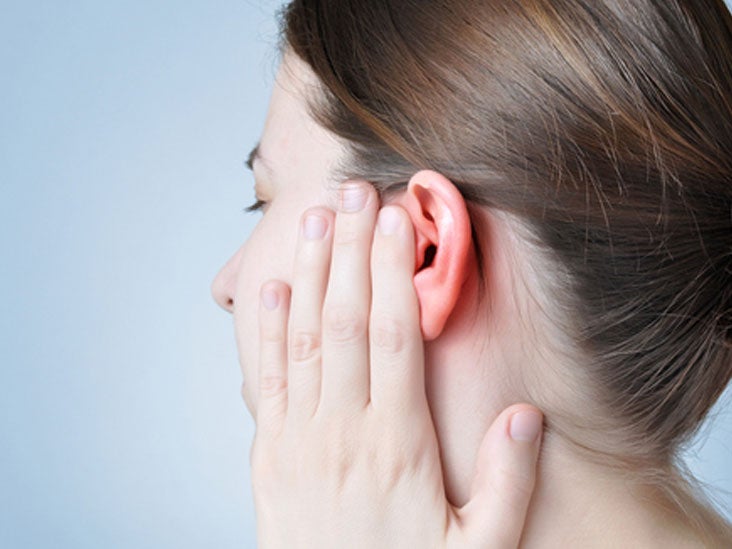

5)Diagnosis
The initial step in diagnosing involves a detailed medical history regarding the condition. Your doctors will check the inner ear for indications of fluid accumulation or inflammation. A hearing assessment might be required to evaluate possible hearing loss. Occasionally, doctors may also examine the nose and recommend medical imaging.
6)Treatment
Your physician might recommend antibiotics for ear or sinus infections, oral antihistamines, or nasal sprays for ear blockage conditions. If you are feeling discomfort in your blocked ear, primarily due to an ear infection, it is suggested that you take a pain reliever, following the provided instructions.
If any patient has any ENT -Ear nose throat problems and requires any , consultation ,online consultation ,or surgery in clinic of ENT specialist Doctor Dr Sagar Rajkuwar ,he may TAKE APPOINTMENT BY CLICKING ON THE LINK GIVEN BELOW-
Clinic address of ENT SPECIALIST doctor Dr Sagar Rajkuwar-
Prabha ENT clinic, plot no 345,Saigram colony, opposite Indoline furniture Ambad link road ,Ambad ,1 km from Pathardi phata Nashik ,422010 ,Maharashtra, India-Dr Sagar Rajkuwar (MS-ENT), Cel no- 7387590194 , 9892596635
7)Additional Management Strategies for Clogged Ears
Maneuvers: Techniques such as the Valsalva maneuver (pinching your nose and gently exhaling) can assist in regulating ear pressure.
Hydrogen Peroxide or Carbamide Peroxide Otic: These solutions may soften earwax and aid in its removal, possibly alleviating blockage.
Over-the-Counter Ear Drops: A variety of ear drops can be found that may help dissolve earwax or ease discomfort.
Ear Irrigation: This process uses a syringe filled with warm water or saline to carefully cleanse the ear canal, aiding in wax or debris removal.
Position Changes: Occasionally, simply adjusting your head position can help relieve pressure in the ears. For instance, tilting your head to one side or lying down might facilitate drainage.
Gargle Salt Water: Gargling with warm salt water can assist in reducing throat inflammation and may also help relieve pressure affecting the ears.
Prevention
Multiple techniques can be utilized to prevent blocked ears during pressure shifts. One such technique is chewing gum while airborne, which can modify pressure in the mouth and encourage the Eustachian Tubes to work properly. Another effective strategy is to use a nasal decongestant 30 minutes prior to experiencing a pressure alteration. For air travel, ‘earplanes,’ earplugs specifically made to ease pressure changes in-flight, are a preferable choice.
8)What not to do?
Avoid Using Cotton Swabs or Tools: Individuals should not use cotton swabs to clean their ears. Utilizing these can push earwax further into the ear canal, resulting in blockages. Trying to remove earwax manually can also damage the ear.
Avoid Ear Candling: Another approach that some individuals consider is ear candling, yet it is not scientifically endorsed. This entails inserting a lit, hollow cone-shaped candle into the ear. The belief is that the heat produces a vacuum effect, drawing earwax out with the candle. Nonetheless, this approach is ineffective and can lead to significant dangers, including burns, eardrum perforation, or ear canal obstruction.
9)When to consult a doctor?
Visiting a healthcare provider can assist in determining the cause of your ear blockage and help expedite your recovery.
For example, prescription medications can be extremely beneficial for sinus and middle ear infections.
If you suspect a sinus infection, it is prudent to consult with a doctor. Ear infections in both children and adults typically occur as a result of viral infections and are often simple to treat.
If you observe any of these symptoms, contact a healthcare professional:
- Hearing loss
- Dizziness
- Ear pain
- Ringing in the ears
- Discharge from the ear
For important health related topics please click on our facebook page link given below or copy paste this link into google search –
https://www.facebook.com/positivemind.healthcare
For important health related videos please click on the link of our youtube channel given below or copy paste this link into google search-
http://www.youtube.com/@healthuseful8539/
10)Conclusion
Clogged ears can be bothersome, but with the right techniques, you can achieve relief and enhance your overall ear health. From straightforward approaches like yawning and swallowing to pharmacy-bought and home treatments, there are numerous methods to relieve your ears from blockage. Keep in mind to remain hydrated, refrain from inserting objects, and consult a health professional if needed. Bid farewell to clogged ears and say hello to clear and comfortable hearing!
FAQs-in relation to-How Do I Open My Blocked Ear?
1) Why do my ears feel congested?
Your ears might feel congested because of earwax accumulation, fluid presence in the ear, allergies, sinus infections, or shifts in air pressure, such as during flights or while driving in elevated areas.
2) What methods can I use to relieve clogged ears?
You can attempt yawning, chewing gum, or swallowing to assist in alleviating pressure. For earwax, pharmacy-bought drops may aid in softening it. If it continues, it’s advisable to visit a doctor.
3) Why does it seem like my ear is obstructed?
A sensation of obstruction in the ear may result from earwax, fluid accumulation, or pressure fluctuations. Infections or allergies can also create a feeling of blockage in the ear.
4) Will a blocked ear resolve on its own?
Occasionally, a blocked ear may resolve independently, particularly if pressure variations cause it. However, if it arises from earwax or an infection, treatment might be necessary.
5) What causes a sensation of fullness in my ear?
A feeling of fullness in the ear may result from fluid accumulation, ear infections, or a blockage created by earwax. It can also occur due to pressure variations, such as during air travel.
6) How long can a blocked ear persist?
A blocked ear may last from a few hours to several days, contingent on the underlying cause. If it stems from an infection or earwax, it could last longer and require medical attention.
7) What are some prevalent reasons for clogged or obstructed ears?
Frequent reasons include earwax buildup, pressure fluctuations, sinus infections, fluid in the ear, and allergies. Ear infections can also lead to blockage.
8) How can I determine if I have clogged ears?
If your hearing appears muffled, your ears feel full or obstructed, or you detect a popping noise, you may have clogged ears. Occasionally, you might also experience discomfort or dizziness.
9) What occurs when the ears pop?
When your ears pop, it signifies that the pressure inside and outside your ear has balanced. This often occurs during swallowing or yawning, particularly amid altitude changes.
10) What are the consequences of prolonged ear blockage?
If an ear remains blocked for an extended period, it can result in discomfort, pain, or potentially an ear infection. In certain circumstances, untreated blockage could influence hearing.
11) Is it possible to rinse out a clogged ear?
Indeed, a clogged ear can be rinsed out using saline solutions or over-the-counter ear drops, but it’s preferable to have a healthcare professional do it, especially if earwax is significantly impacted.
12) Can warm water help eliminate earwax?
Warm water may assist in softening earwax, facilitating its removal. You can utilize a warm, moist cloth or gently irrigate your ear with warm water, but refrain from using anything pointed or inserting items into your ear.
13) What can you do to alleviate ear blockage if they won’t pop?
If your ears refuse to pop, attempt yawning, chewing gum, or doing the Valsalva maneuver (pinch your nose and gently exhale). If that doesn’t resolve the issue, consult a doctor.
14) How long can you tolerate a clogged ear?
If your ear remains clogged for longer than a few days or is leading to pain, discomfort, or a loss of hearing, it’s wise to visit a doctor for assessment and treatment.
How can you clear your ear blockage?-in relation to-How Do I Open My Blocked Ear?
- Natural treatments for earwax
- Natural treatments for allergies
- Additional treatments
- Consulting a physician
- Frequently Asked Questions
DISCLAIMER-Some patients go to net and directly take treatment from there which can lead to catastrophic consequences-Then- Many people ask then why to read all this text -the reason is that it helps you to understand the pathology better ,you can cooperate with treatment better ,your treating physician is already busy with his patients and he does not have sufficient time to explain you all the things right from ABCD ,so it is always better to have some knowledge of the disease /disorder you are suffering from.
How to Get Rid of Blocked Ears-in relation to-How Do I Open My Blocked Ear?
Similar to having a blocked nose, there are several causes for having blocked ears.
The following factors can cause blocked ears to protrude outwards from the eardrum:
- excessive earwax
- water in your ear
- cause of blockage by debris or foreign object
An ear blockage might result from the eardrum due to:
- a shift in elevation, like when you fly
- infections of the sinuses
- infections of the middle ear
- allergies
- middle ear fluid or malfunction
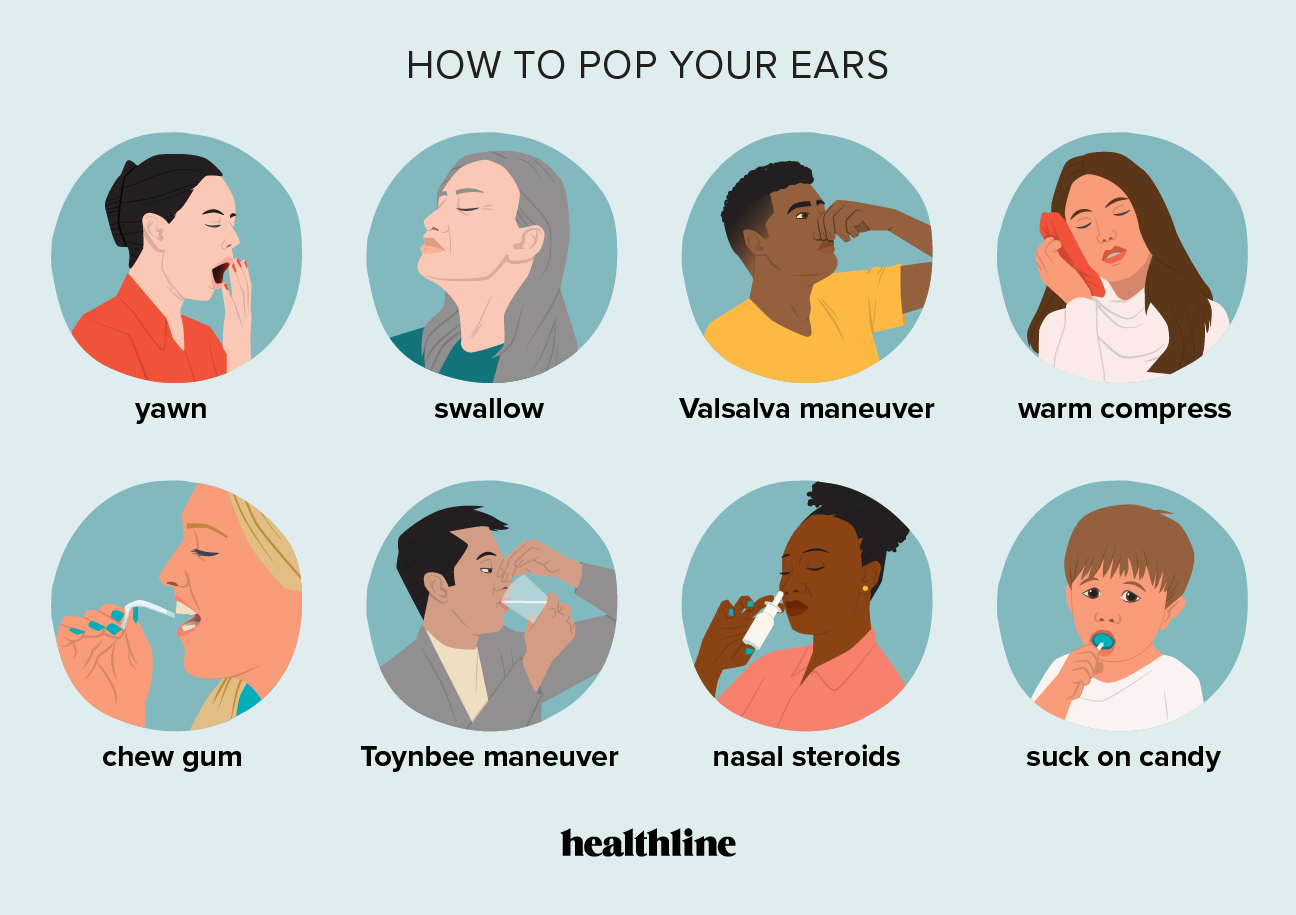

Methods for treating blocked ears-in relation to-How Do I Open My Blocked Ear?
The reason and location of the issue might determine how to address blocked ears.
You may need to figure out if the issue is in the outer ear, such as the auditory canal, where earwax can accumulate, or the middle ear, which is located behind the eardrum.
Treatment may include the following, depending on the etiology:
- ear drops that are available over the counter (OTC)
- “popping your ears”
- nasal sprays sold over-the-counter
- using a warm compress
- earwax removal by a doctor was affected
- treating an illness or infection
The following advice can help you unclog your ears
Advice for a blocked middle ear-in relation to-How Do I Open My Blocked Ear?
Congestion, pressure, fluid, or an ear infection might give the middle ear a blocked or full sensation.
Treating the underlying cause of an ear infection or other ailment, such as a cold or allergies, may help alleviate your symptoms if you have a blocked ear.
Possible treatments include:
Actions
The Valsalva method, commonly referred to as “popping your ears,” helps unblock the Eustachian tubes if they become blocked as a result of pressure changes.
This may be accomplished by blowing out while keeping your mouth shut and your nose blocked. As it might harm your eardrum, it’s crucial to avoid blowing your nose too forcefully.
Note that this method is only useful in circumstances where pressure changes, such as when altitude changes. It does not address the problem of too much fluid in the inner ear. Trying to “pop” them might be painful, and you might not be able to do it if they’re full of liquid.
The Toynbee approach can also help reduce stress. By holding your nose and swallowing, you may accomplish this.
Oral decongestants or nasal sprays
Oral decongestants and OTC nasal sprays can be particularly helpful if you have sinus or nasal congestion, or if you’re traveling by air. They are frequently more potent as a preventative measure.
Advice for an obstructed outer ear-in relation to-How Do I Open My Blocked Ear?
Earwax accumulation, water, or swimmer’s ear might cause a blocked outer ear. Methods for reducing swelling or softening earwax might be part of treatment.
Never use any object to remove earwax from your ear since it may cause harm, introduce bacteria, or drive the earwax farther into the ear.


Treatment options might be:
Mineral oil
Try putting mineral, olive, or baby oil into your blocked ear.
Be careful not to heat your oil of choice too much; two to three tablespoons should suffice. To see whether the temperature is safe and won’t irritate your skin, test it on your hand or wrist.
Next, use an eye dropper to place one to two drops into your ear. Maintain your head tilted for 10–15 seconds. Repeat this twice daily for a maximum of five days, or until the obstruction clears.
Carbamide peroxide otic or hydrogen peroxide
Additionally, you may drip carbamide peroxide or hydrogen peroxide otic eardrops into your ear. As with the oil above, follow the procedure to apply it.
Expect a loud fizzing sound; don’t interrupt it, and maintain your head at an angle until it subsides.
Ear drops available over the counter
Ear drops may be purchased at your local pharmacy or online. Use in accordance with the package instructions.
Irrigating the ears
After you’ve made some progress with the obstruction, you may find that irrigating your ear helps. It can be done in a doctor’s office or, in certain cases, at home.
Irrigation can aid in removing earwax if it has become soft.
Ear irrigation might lead to problems like an ear infection or a ruptured eardrum if you have specific health conditions. If you have any of the following, avoid ear irrigation:
- a broken eardrum
- the tubes inside your ears
- a compromised immune system
- recurrent otitis externa, often referred to as swimmer’s ear
Steam or warm compress
Try taking a hot shower or putting a warm compress over your ear. Steam can enter your ear canal with the help of a shower. Just make sure to stay inside for at least five to ten minutes.
Changes in position
Laying on that side on a towel may help the water drain from your ear if it’s blocked with it. The water may be helped to exit your ear by gravity.
Take care
The ear is one of the most vulnerable areas of the body. Most ear, nose, and throat specialists do not often advise their patients to wash their ears on a regular basis.
It is important to proceed with caution and a light touch if you do. Although it may seem like a good approach to treat or prevent earwax accumulation, using a cotton swab to swirl around every night can be harmful to this sensitive area of the body.
When you clean your ear, use a light touch and avoid inserting your finger. Use a warm, wet towel to wash the exterior portion of the ear.
Safety
Several widely used instruments sold for earwax extraction and ear cleaning may be harmful and even pose a risk of hearing loss.
An illustration of this is ear candling, which involves inserting a hollow candle into the ear. The open end of the candle is lit by someone, and the vacuum produced draws earwax.
Nevertheless, ear candles have been used to cause burns and injuries. For this reason, their use is discouraged by the American Academy of Otolaryngology-Head and Neck Surgery.
Items like cotton swabs and bobby pins shouldn’t be used to clean the ears. These tools can inject new germs, dust, or filth into the ear while also pushing earwax deeper.
Using these things carries a higher risk of injuring the ear canal, which might result in an infection, or harming the eardrum or the bones of the middle ear.
Is unblocking your ears risky?
Using mild techniques to clear the ears is generally safe. Oil can be used to attempt to break up ear wax and make it easier to remove. Don’t place anything into the ear, like cotton swabs, since this may cause harm.
Is it possible to get an infection by opening up your ears?
Inserting things into the ear to aid in clearing it might result in wounds that could get infected. Medical intervention may be necessary since this can exacerbate pain and suffering.
When You Should See a Doctor
The treatment for blocked ears varies depending on the underlying reason.
In many situations, seeing a doctor to unclog the ears is the best course of action. At times, at-home techniques might unintentionally cause additional injury and harm.
A person should consult a doctor if their blocked ears don’t clear up at home, especially if they experience any of the following signs:
- a fever in an adult that is over 101°F
- moderate to extreme ear discomfort
- increasing ear discomfort
- ear discharge that contains pus or blood
- variations in hearing
- extreme vertigo that persists
The following are some questions that a doctor may ask:
- the individual’s symptoms
- any treatments done at home
What causes the symptoms to improve or worsen?
A special instrument called an otoscope will be used by the doctor to examine the ear. The purpose of this gadget is to be inserted into the ear so that the physician may observe the eardrum located just within the ear canal.
An antibiotic can be prescribed by a doctor to lessen the bacteria inside the ear if it is infected.
Conclusion
Earwax impaction, swimmer’s ear, infections, and fluctuations in air pressure during plane rides can all cause the sensation of blocked ears.
Among the home treatments that may be helpful are syringing and softening impacted earwax. It is crucial not to insert anything into the ear, such as cotton swabs, since this might cause more injury.
If ear pain worsens, persists for more than three days, or a fever develops, medical attention should be sought.

